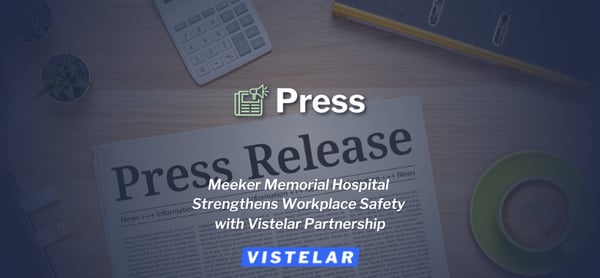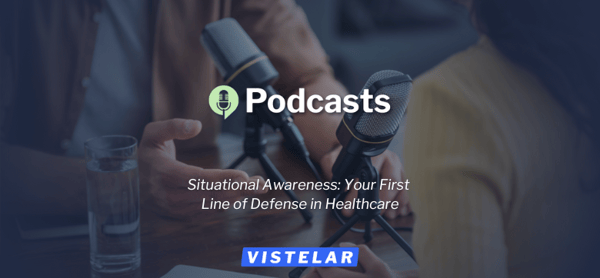Posts about Workplace Violence
Good Speak: Non-Escalation Strategies for Healthcare—Podcast
“Good Speak: Non-Escalation Strategies for Healthcare” — Episode 35
Co-host: Marcus—former healthcare security director
Co-host: Natalie—nurse practitioner and clinical team leader
Subscribe to our podcast on Apple Podcasts or Spotify
Beyond the Chart—How Communication & Documentation Save Lives
This article is Part 2 of a three-part series on the importance of Patient Care Safety Monitors. Click here to read Part 1, or click here to read Part 3.
Patient Care Safety Monitors do far more than watch. Every word they speak and every note they write can calm fear, expose risk, and even prevent tragedy. When monitors pair trauma-informed communication with clear, factual documentation, they...
Understanding the Role of Patient Care Safety Monitors
This article is Part 1 of a three-part series on the importance of Patient Care Safety Monitors.Click here to read Part 2, or click here to read Part 3 .
In today's healthcare environment, the role of Patient Care Safety Monitors has become increasingly vital, especially in preventing suicide and ensuring the safety of emotionally distressed patients. These professionals are far more than...
Beyond Words: Mastering Non-Verbal Communication in Medical Settings
In healthcare environments, what you don't say can be just as powerful as what you do say. Research shows that approximately 93% of communication is affected by body language and non-verbal cues, making your silent signals a critical component of patient care. For healthcare professionals, mastering non-verbal communication isn't just about improving patient satisfaction—it's about creating...
Red Flags: Spotting Antecedents to Prevent Workplace Violence
The stark reality facing healthcare leaders today is undeniable: 81.6% of nurses report having experienced at least one type of workplace violence in the past year, with 45.5% reporting an increase in incidents in their units. This is especially alarming when you consider that less than a third of healthcare facilities have clear workplace violence incident reporting mechanisms in place. Perhaps...
Verbal De-escalation: Essential Skills for Healthcare Professionals
Healthcare environments are high-pressure settings where emotions can run high and tensions can escalate quickly. With 76% of emergency room nurses reporting experiences with workplace violence and The Joint Commission noting a consistent increase in violence-related incidents over the past five years, the ability to prevent escalation when able and de-escalate situations verbally when necessary...
How to Budget for Conflict Prevention (and Why You Can't Afford Not To)
Healthcare organizations methodically budget for equipment, technology, supplies, and facilities. They forecast staffing needs, plan for market changes, and invest in strategic growth. Yet when it comes to conflict prevention, many organizations struggle to establish structured budgeting approaches. Conflict management initiatives often fall into the nebulous category of "soft skills" or...
Why Compliance Training Won't Save Your Reputation
Healthcare organizations invest heavily in regulatory compliance training—from annual workplace violence prevention modules to harassment awareness courses. Administrators track completion rates, verify documentation, and prepare for surveys with meticulously maintained records. When regulators visit, these training programs provide evidence of "reasonable efforts" to address workplace safety...
Situational Awareness: Your First Line of Defense in Healthcare—Podcast
“Situational Awareness: Your First Line of Defense in Healthcare" — Episode 33
Co-host: Marcus—former healthcare security director
Co-host: Natalie—nurse practitioner and clinical team leader
Subscribe to our podcast on Apple Podcasts











